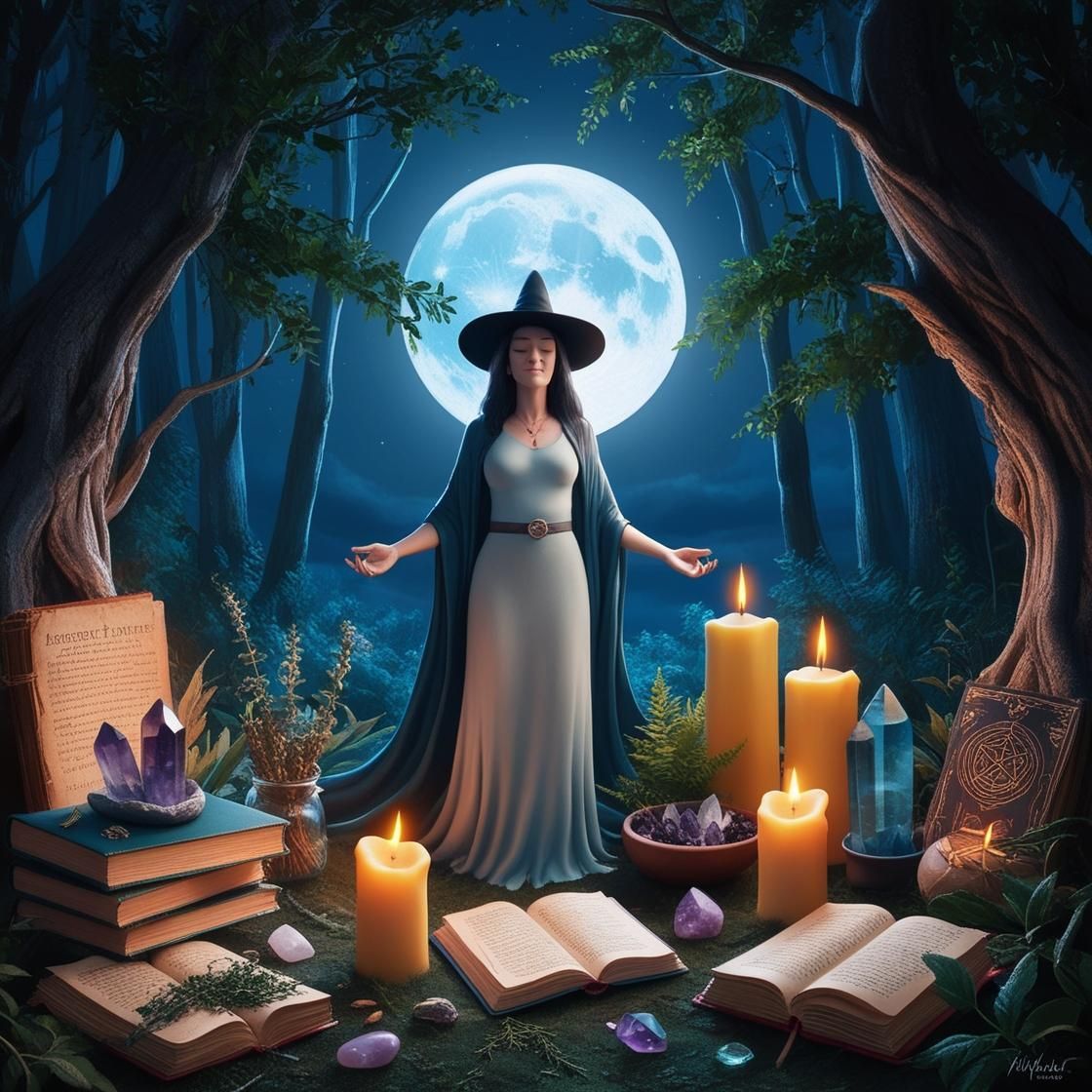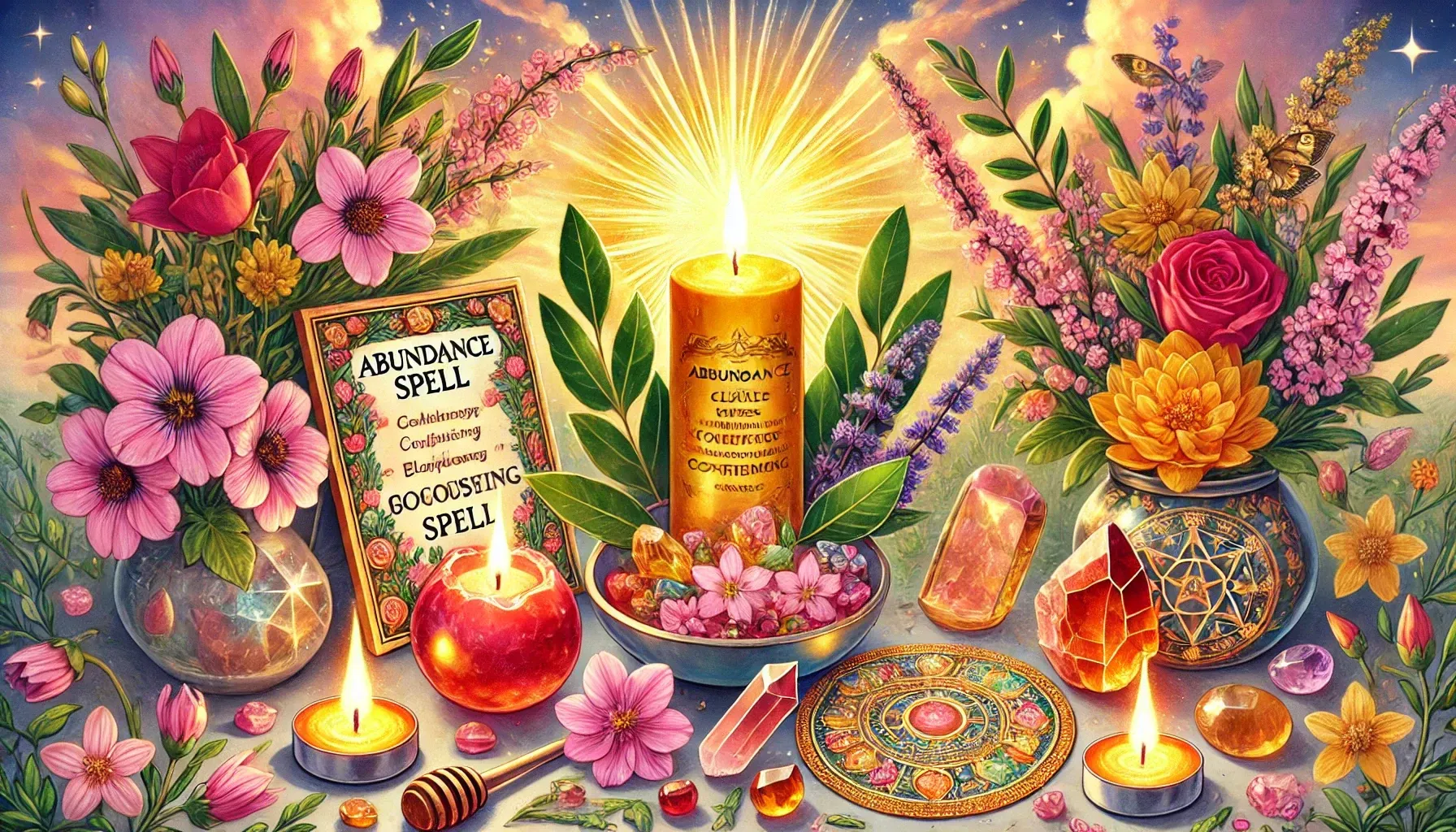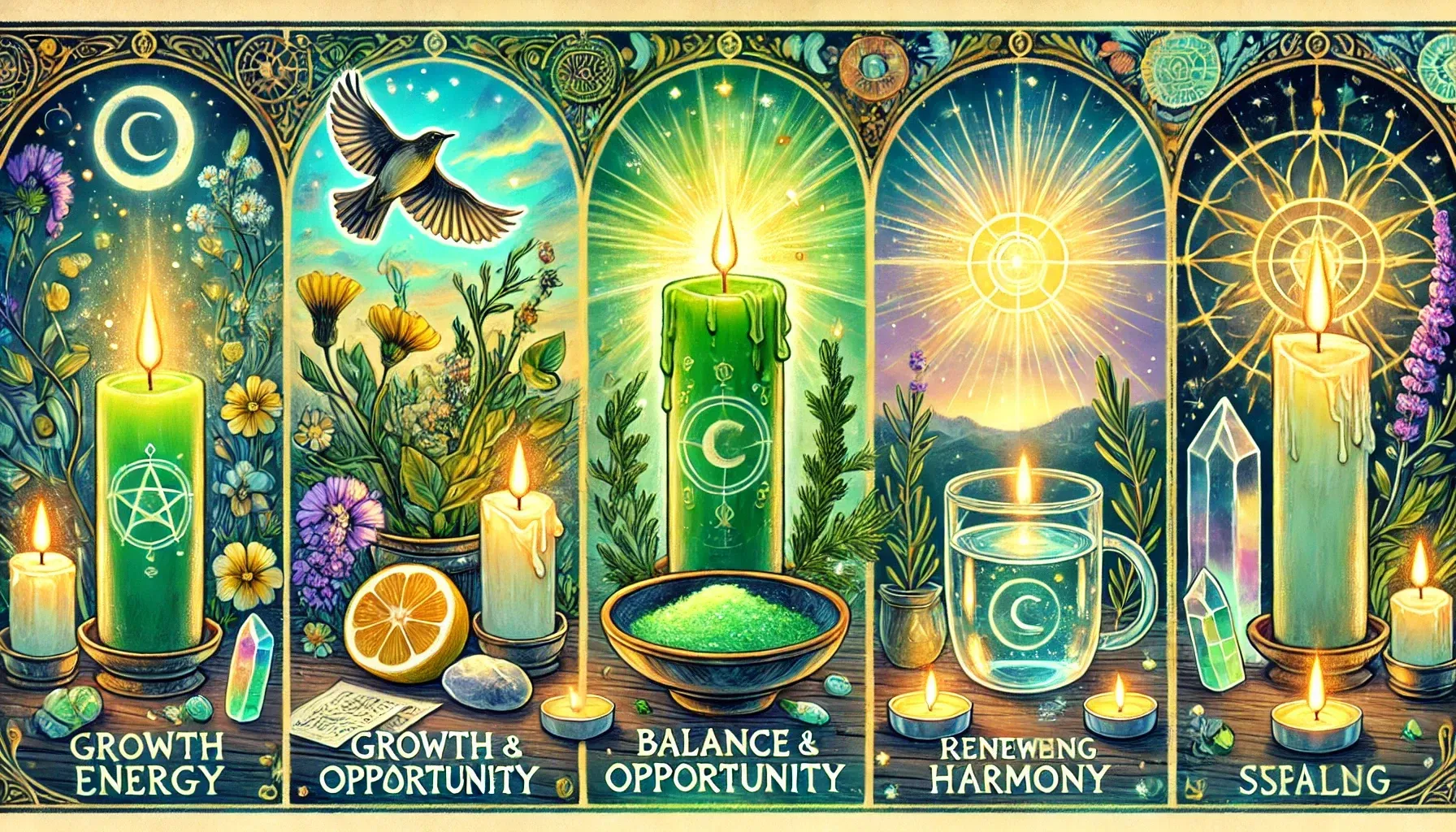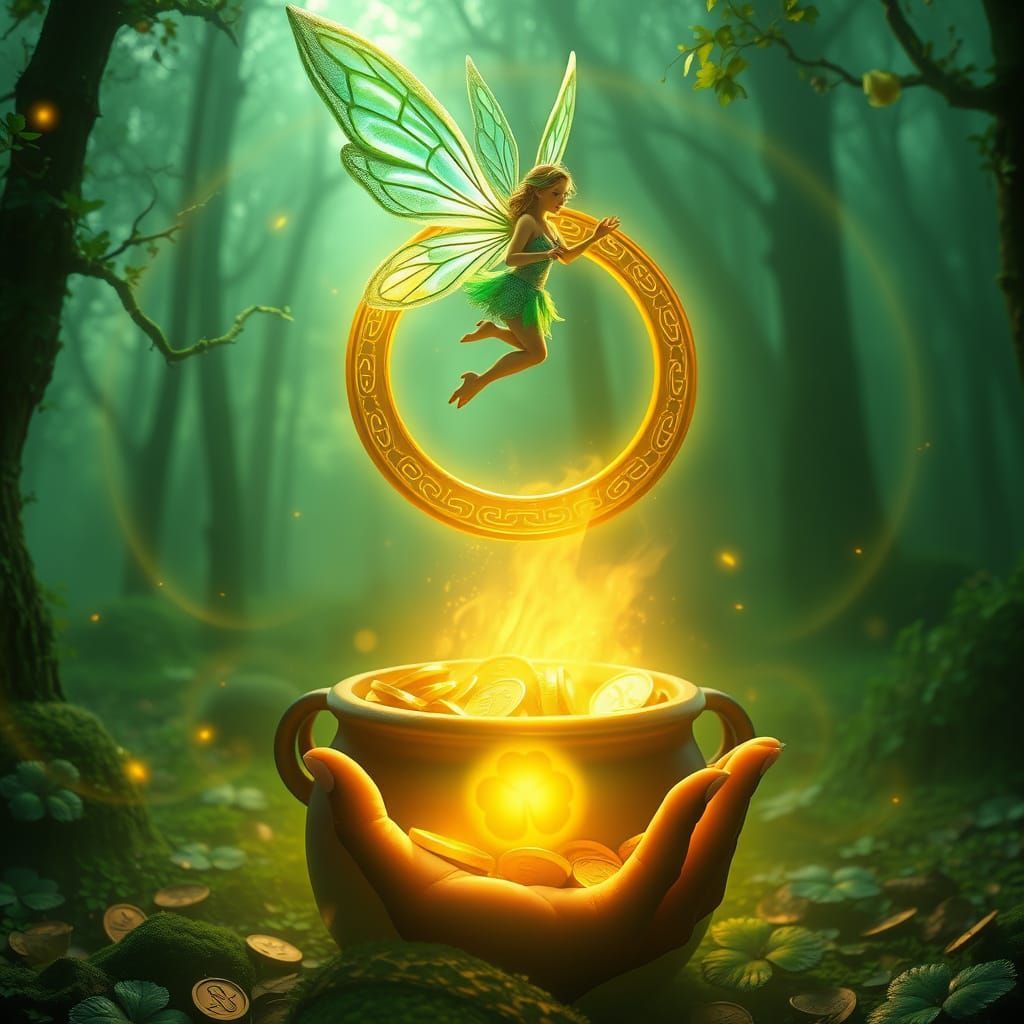WINTER SOLSTICE

The Pagan Winter Solstice:
A Journey Through History
The winter solstice, occurring around December 21st in the Northern Hemisphere and June 21st in the Southern Hemisphere, marks the shortest day and longest night of the year. This astronomical event has captivated humanity for millennia, giving rise to rich traditions and rituals among various cultures. The pagan winter solstice, in particular, holds a prominent place in history as a time of reflection, celebration, and hope. This blog post explores the history of the pagan winter solstice and its enduring legacy across both hemispheres.
The Astronomical Significance of the Winter Solstice
The winter solstice occurs when one of the Earth's poles has its maximum tilt away from the Sun. This results in the shortest period of daylight and the longest night of the year. For ancient peoples, this time was significant not only for its immediate impact on daily life but also for its symbolic meanings.
Early Observances of the Winter Solstice
The importance of the winter solstice can be traced back to prehistoric times. Archaeological evidence suggests that many ancient structures were aligned with the solstices. Stonehenge in England and Newgrange in Ireland are notable examples in the Northern Hemisphere, while Southern Hemisphere cultures had their own ways of marking this significant time.
Stonehenge:
Stonehenge, a prehistoric monument in Wiltshire, England, is one of the most famous ancient sites associated with the solstice. The arrangement of its massive stones is aligned with the sunrise of the winter solstice, suggesting that it was used to mark this important time of year. It is believed that people gathered at Stonehenge to celebrate the return of longer days, signifying hope and renewal.
Newgrange: A Passage Tomb with Astronomical Precision
Newgrange, a prehistoric monument in County Meath, Ireland, is another remarkable example. Built around 3200 BCE, this ancient passage tomb is aligned with the rising sun on the winter solstice. For a few days around the solstice, sunlight illuminates the inner chamber, creating a spectacular display. This phenomenon underscores the sophisticated understanding of astronomy possessed by ancient peoples.
Pagan Traditions and the Winter Solstice
Paganism, encompassing a variety of pre-Christian religions, placed great importance on the natural cycles of the Earth. The winter solstice was a pivotal time for many pagan cultures, symbolizing the death and rebirth of the Sun. Various rituals and celebrations emerged to honor this event.
Yule: The Norse Celebration
One of the most well-known pagan winter solstice celebrations is Yule, originating from the Norse traditions of Scandinavia. Yule was a festival lasting several days, filled with feasting, drinking, and merriment. The Yule log, a significant element of the celebration, was burned in the hearth as a symbol of warmth and light. The ashes from the Yule log were often kept as a talisman for good luck.
Yule also involved honoring the gods, particularly Odin, who was believed to lead the Wild Hunt during this time. This mystical event, featuring a ghostly procession through the sky, was both awe-inspiring and fearsome, highlighting the dual nature of the solstice as a time of both endings and new beginnings.
Saturnalia: The Roman Festival
In ancient Rome, the winter solstice was celebrated with Saturnalia, a festival dedicated to Saturn, the god of agriculture and time. Saturnalia, held from December 17th to December 23rd, was characterized by public feasts, gift-giving, and a temporary reversal of social roles. Slaves were granted temporary freedom, and masters served meals to their servants.
Saturnalia was a time of joy and liberation, reflecting the hope and renewal associated with the winter solstice. The tradition of gift-giving during Saturnalia is thought to have influenced modern Christmas customs.
Solstice Celebrations in the Southern Hemisphere
While many of the well-documented solstice traditions come from the Northern Hemisphere, the Southern Hemisphere also has its own ways of marking the winter solstice, which occurs in June.
Inti Raymi: The Incan Festival of the Sun
Inti Raymi, or the Festival of the Sun, is a traditional celebration that originated with the Inca Empire in present-day Peru. Held on June 24th, around the Southern Hemisphere's winter solstice, this festival honors Inti, the Sun god. The Inca believed that the solstice was a time to pray for the Sun’s return, ensuring the fertility of the land and the well-being of the people.
Inti Raymi involved elaborate ceremonies, including dances, sacrifices, and processions. Though suppressed during the Spanish conquest, the festival has been revived in modern times and is celebrated with great enthusiasm in Cusco, the former capital of the Inca Empire.
The Integration of Solstice Traditions into Christianity
As Christianity spread throughout Europe, many pagan solstice traditions were incorporated into Christian celebrations. The most notable example is Christmas, which was established on December 25th, close to the winter solstice. This date was chosen to coincide with existing pagan festivals, making it easier for converts to adopt the new religion.
The Birth of Jesus and the Sun
The association of Jesus with the Sun is a theme that resonates with the symbolism of the winter solstice. Early Christians saw Jesus as the "light of the world," a metaphor that paralleled the rebirth of the Sun. This connection helped integrate pagan solstice traditions into Christian practices, blending the old with the new.
Modern Celebrations of the Winter Solstice
Today, the winter solstice continues to be celebrated in various ways around the world. While the significance of the solstice has evolved over time, many of the ancient traditions persist.
Neo-Paganism and the Solstice
Neo-pagan communities, such as Wiccans and Druids, have revived many of the old solstice traditions. Yule is celebrated with rituals that honor the natural cycles and the rebirth of the Sun. These modern pagans gather to light candles, exchange gifts, and share festive meals, echoing the customs of their ancestors.
Global Recognition of the Solstice
Beyond neo-paganism, the winter solstice is recognized by people of various backgrounds. Festivals, public gatherings, and cultural events are held in many countries to mark the solstice. For example, in the United Kingdom, people gather at Stonehenge to witness the solstice sunrise, continuing a tradition that dates back thousands of years. In Cusco, Peru, Inti Raymi draws locals and tourists alike to celebrate the return of the Sun.
The pagan winter solstice is a rich tapestry of history, tradition, and symbolism. From the ancient observances at Stonehenge and Newgrange to the vibrant festivals of Yule and Saturnalia in the Northern Hemisphere, and Inti Raymi in the Southern Hemisphere, the solstice has been a time of profound significance for countless cultures. Even as the world has changed, the essence of the winter solstice endures, reminding us of the enduring human connection to the cycles of nature and the hope that comes with the return of the light. As we celebrate the solstice today, we are part of a tradition that spans millennia, a testament to the enduring power of this ancient event.
The Winter Solstice is an old pagan tradition which celebrates the end on the longest night of the year, generally the night of June 21/22. The night is dedicated to the elements of fire and water, the moon, the sun, love and fertility while the occasion is also a day for perspective lovers to celebrate.
Many people take the opportunity to celebrate by organizing bonfires with dancing and partying into the night. One tradition sees people jumping over flames to cleanse and protect against evil and bad fortune. The most famous part of the evening however is when young women go into the forest and places their hand made head wear or wreaths. If the wreath is picked out by a bachelor it signifies imminent marriage. Then the Young women, followed by young men, search for a flower called the Fern flower that is said to only flower on this one night. Anyone who finds it will enjoy good fortune, power, wisdom and wealth. If the young man comes out of the forest wearing the young lady’s wreath this is a sign that the two are joined in love. It is also a celebration of the longer days with the increase in crops for the summer harvest. The winter solstice is celebrated all over the world and here in the little town of Belgrave.
The Belgrave traders have been running a Winter Solstice lantern parade for the past 10 years and it attracts thousands of people. We close the main street to traffic while the parade of hand made lanterns are showcased as everyone marches through the street followed by music, belly dancers, fire eaters etc well into the night. Some of the Local witches take their lanterns into the forest and partake in the ritual of searching for the fern flower some of them even spending the whole night there welcoming the sun. Quite often walkers will find remnants of Witches and Covens throughout Sherbrooke forest. If you do find a circle of stones or a bunch of sticks piled together just leave it alone. Or if you like sit inside the circle and meditate you might find that you feel quite a peace by doing this.
Sarah Kulkens











